My 4 year old son, Dawson, can self-organize, self-manage, and solve problems on the fly. He and his friends naturally exhibit the agile values and scrum practices that many adults struggle with daily.
[featured-image single_newwindow=”false” alt=”Scrum Master Lessons”]
My wife and I went to a cookout this past weekend. When we arrived, our son Dawson ran for the back yard and joined in on a game of hide and seek. Watching this unfold, I realized that these kids are naturally agile.
They got straight to playing (the value) and didn’t need a lot of ceremony to get there. They did a quick hello, told Dawson what game they were playing, and invited him to join in (daily scrum). Then they played.
This realization led me to 7 more things that Dawson has taught me about being a scrum master:
- Is this going to hurt? – My son likes to ask this question when he’s about to do something new. It’s a reasonable question and one that a scrum master should be asking as well. When the scrum team makes a decision to try something new it should be done so knowing both the positive and negative impacts that it could have on the team.
- Why? Why? Why? Why? Why? – Anyone with a 4 year old knows that they are masters of the “5 whys”. This line of questioning can be stressing after a long day, but it is also invaluable when trying to get to the root cause of an issue. This technique is excellent at getting past the technical and in to the interpersonal issues that a team could be facing.
- Play Well with Others – Dawson loves to include people. He does not have a divisive bone in his body. Neither does scrum. There is no concept of “us vs. them” in agile. The business and IT cannot be at odds if the goal is to deliver value, or in Dawson’s case – to have fun.
- Time Box Events – My wife and I know that we have about two hours between Dawson’s bathroom breaks. Kids have small bladders. We risk breaking this time box at our own peril. The same is true with scrum. When the time box expires, the sprint is over. No exceptions.
- Sustainable Pace is Important – Kids need naps. When we push Dawson past his nap time everyone suffers. The same is true after the 3rd week of a “death march” and the developers can no longer see straight, let alone deliver high quality code. Everyone is suffering and very little value is being delivered.
- Learning Opportunities – Sometimes you have to let your kids fail. These moments are great learning opportunities. The same is true with scrum. There are times as a scrum master that the best thing you can do is sit back and let a disaster happen. We learn from our mistakes. These moments not only provide lessons, but can also help a team gel and grow.
- Watch Your Mouth – Kids repeat the wrong words at the wrong time. Your team – especially if it’s new to agile – can do the same. Scrum Masters must be intentional with their words and ensure that they are clear about scrum and how the practices work. As a coach, team members look to you for guidance. A quick way to lose the team’s trust is to give inaccurate advice.
Kids are a blessing. They can also teach us quite a bit if we are willing to watch and listen. Next time you see a group of kids playing a game, pay close attention to how they organize and manage the process. I’m certain there are many more lessons that can be mined from these experiences.
[reminder]Which unexpected lessons have your learned about scrum from every day life? How big of an impact did it have on you and your team? Did these lessons make you a better scrum master?[/reminder]
